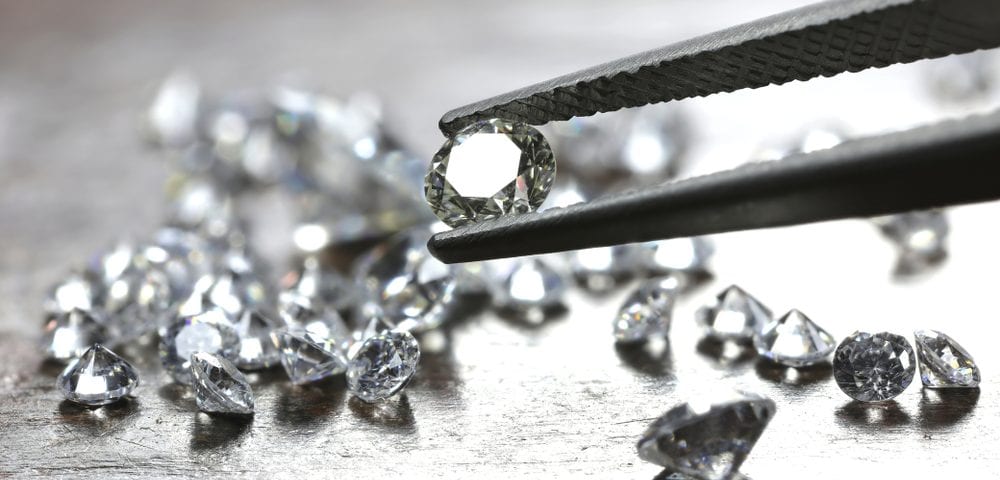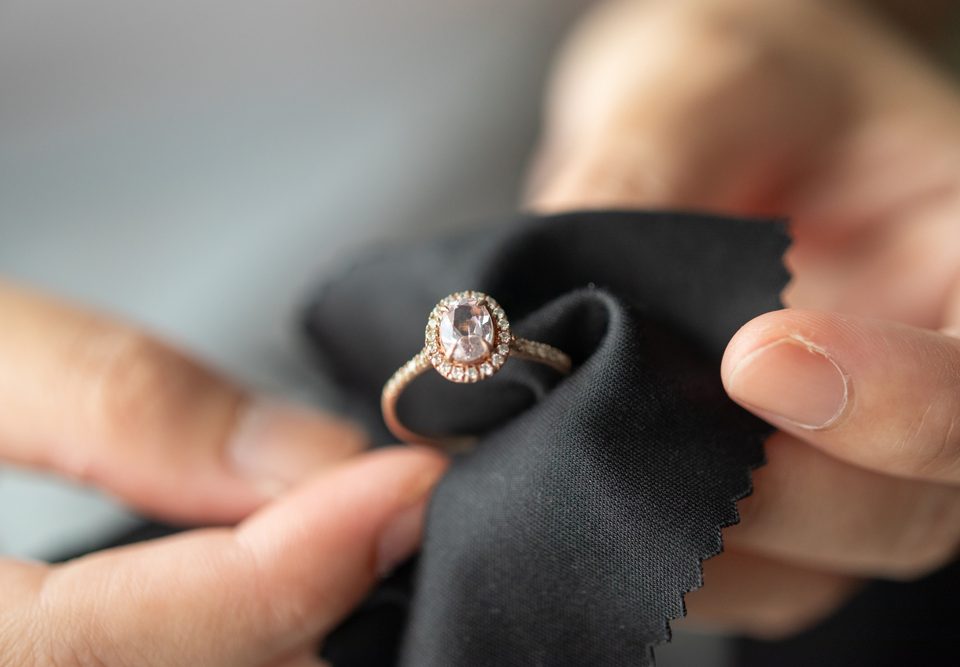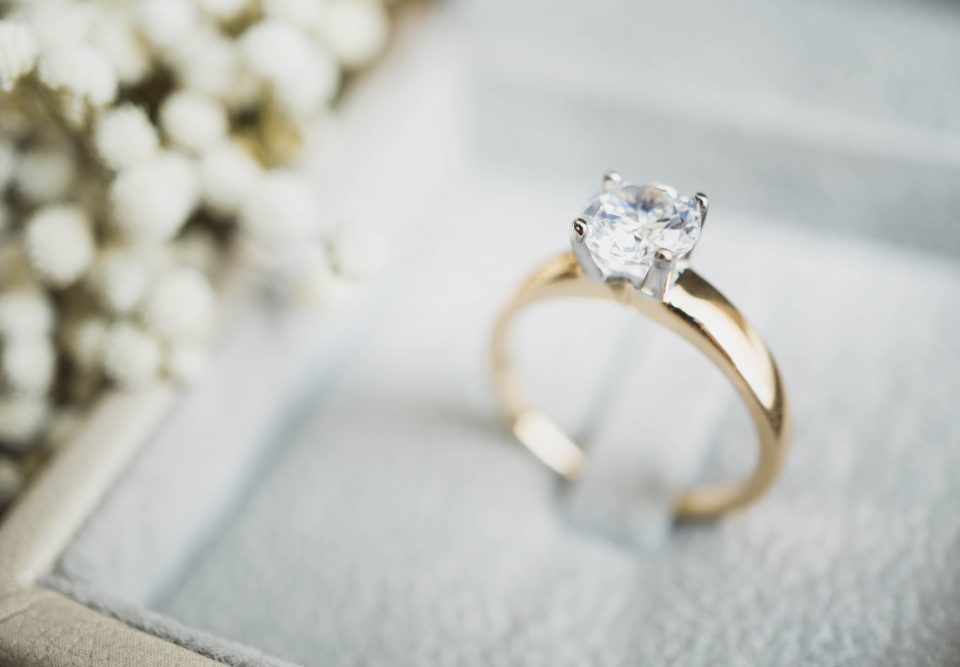- Quick contact:
- 801.359.2035
Eye-Clean Diamond Qualities and Identification Methods, Part 1

The visual aesthetic of any diamond is naturally one of the top factors considered when purchasing it, and one important term here within the diamond world is eye cleanliness. An “eye-clean” diamond is a specific term that refers to detailed visual conditions of a given stone, and may be particularly important within a certain range of diamond qualities.
At AAA Jewelers, we’re happy to stock a wide range of GIA diamonds for a variety of buyers, from engagement rings to wedding bands, fashion jewelry and more. What exactly is an eye-clean diamond, and how does this element interact with the vital clarity element diamond buyers know to inquire about? This two-part blog series will go over the important details of this diamond type, plus whether it’s something you should prioritize and how to identify it in the diamonds you’re looking at.
Eye-Clean Diamond Basics
Technically speaking, eye-clean is not an official diamond term. However, it’s used very commonly to describe a diamond where inclusions are not visible to the naked eye – there still may be inclusions present, but they require magnification to see.
How does one determine the precise line between visual imperfections and those that require magnification? The general conditions involve a viewing distance of 6-12 inches in proper light by a person known to have 20/20 vision, though of course this isn’t always 100% precise. Different vendors may define this slightly differently.
Inclusions Can Be Okay
One important note before we proceed: Inclusions in a diamond are perfectly okay, especially if they can’t be seen by the naked eye like an eye-clean diamond. It’s best to go for inclusions that are spread out through the diamond, and/or those that are transparent or white – these will not show up as easily as concentrated inclusions or those that are darker in color.
Our next several sections will go over how to identify an eye-clean diamond if this is the look you’re going for.
Understanding Clarity Grade
One of the Four Cs of diamond-buying is clarity, and this is very important for eye-clean diamonds – but it’s also important to remember that it’s not the only variable at play here. The GIA clarity scale runs from Flawless (FL – the most expensive and highly-sought types) down to Inclusions 2 (I2), with numerous ranges in between describing the level of inclusions present.
Within these higher grades, you’re virtually guaranteed to find an eye-clean diamond – but you’ll be paying for it, to be sure. There are many within the middle clarity ranges that will still be eye-clean, including the VS1 and VS2 (Very Small Inclusions) range, and these often provide the best value. Diamonds on the lower end of this spectrum, on the other hand, generally have too many inclusions to be considered eye-clean. More on the other factors involved here in part two.
For more on eye-clean diamonds and how to identify them, or to learn about any of our diamond jewelry, jewelry appraisals or other services, speak to the staff at AAA Jewelers today.



